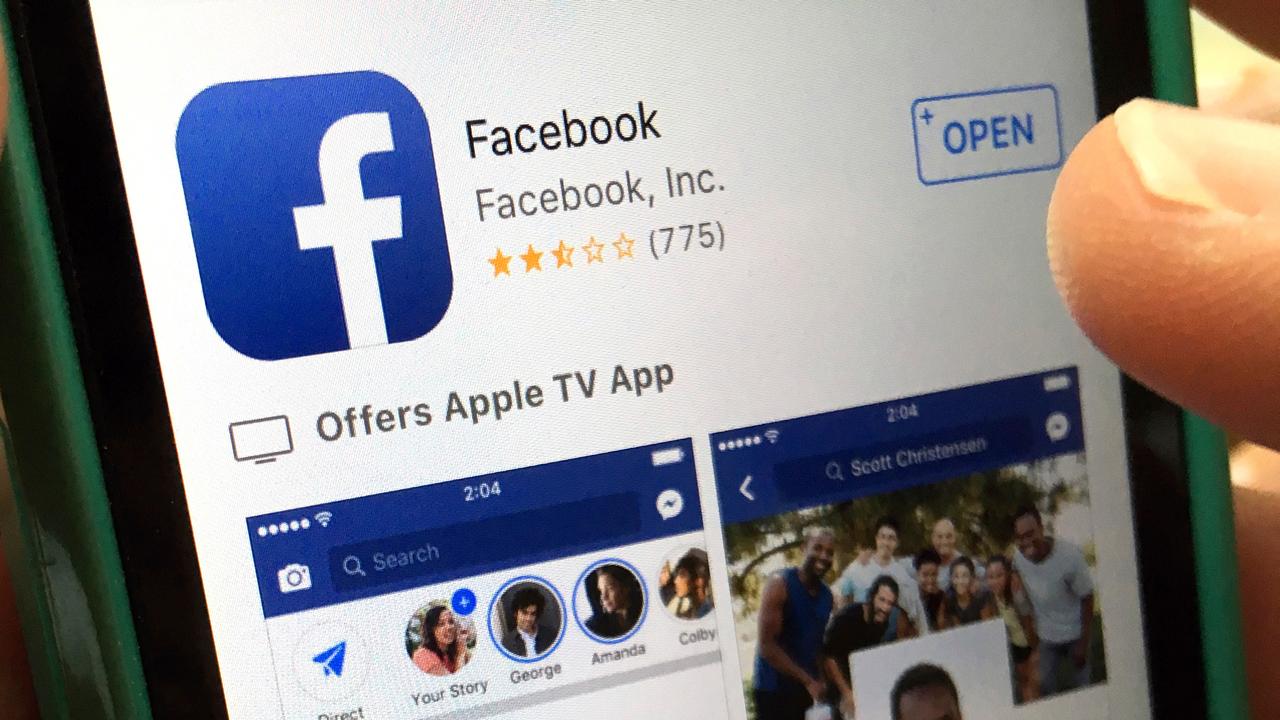Sexting study shows kids starting before they even turn 13
'Parents should expect the real possibility that their children may be approached by others'
Children are being exposed to sexually explicit messages earlier than ever before, according to a new study published this week.
Nearly 40 percent of children have either received and/or sent a "sext" by the age of 13, the study conducted by parenting app Jiminy found.
"Sexting is quickly becoming a normative form of sexual exploration among preteens and teens," the study read. "As such, parents should expect the real possibility that their children may be approached by others, known or unknown, or approach others in a sexually explicit manner."
Jiminy helps parents monitor their child's "digital life," in order to ensure "they are safe and secure online." Parents are notified when the app detects "problematic patterns and toxic behaviors" with a child's phone usage including messaging, internet browsing, and social media. It also provides parents with strategies on how to deal with the challenges that arise with these behaviors.
Over the course of nine months, Jiminy combed through anonymized data from more than 54 million text messages and 1.5 million hours of phone usage from phones that are protected by the parenting app.

Not only does sexting start early, the study found that it is also fairly common. As early as 8 years old, more than one in 10 kids with smartphones will become exposed to sexting, the study found. By 13, more than a third of children who have a smartphone will be exposed.
TWEEN TIKTOK APP OBSESSION SPARKS SOCIAL MEDIA SAFETY CONVERSATIONS IN SCHOOLS
However, the study found that sexting starts earlier for girls. Over 15 percent of 8-year-old girls were exposed to sexting while only 5.9 percent of 8-year-old boys were exposed.
By 16, 44.4 percent of girls were participating in sexting compared to 36.8 percent of boys.
Part of these explicit chats include sending explicit pictures or videos otherwise known as "nudes." These types of requests are common in mid-adolescence for both genders, with one in three children, according to the study. By 13 years old, 24 percent of children were asked to send nudes or requested them.
Overall, the numbers indicated that the practice of sexting is mostly mutual. The study found nearly 60 percent of sexting was willingly sent by both parties for children between 10 and 17 years old.
GET FOX BUSINESS ON THE GO BY CLICKING HERE
The act, however, "carries a unique set of risks," the study said.
"Sexting involves interactions with other people, including strangers, whose access to the child can cause much harm…sexting leaves a mark, typically in the form of words, pictures, and videos," the study read. "These traces can follow the minor for years to come."
Dr. Oren Shefet, Jiminy Co-founder and clinical psychologist, hopes the study will help to inform parents so they can actively deal with these types of situations.
"We recommend that due to the ubiquity of sexting, parents should stay informed and actively talk with their children about it, and do so at an earlier age then they imagine they should," Shefet said.




















